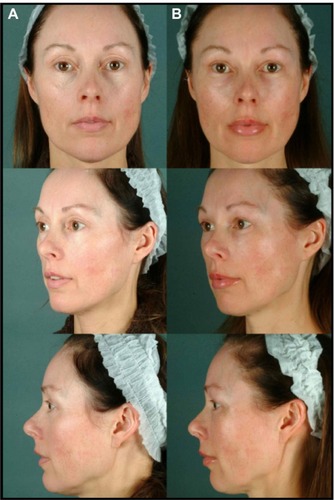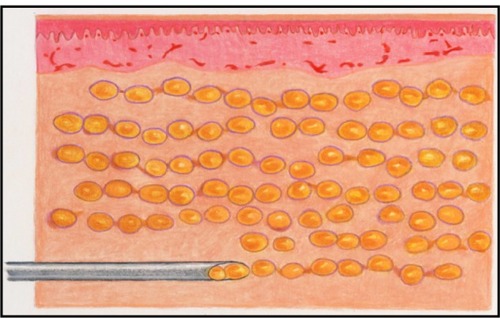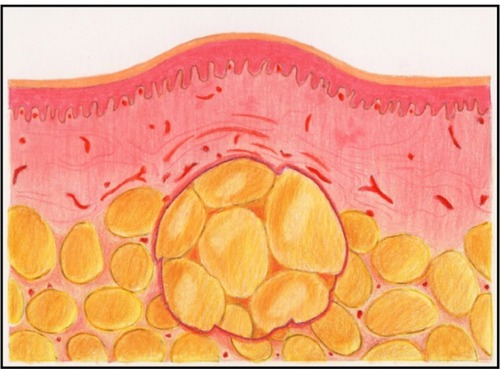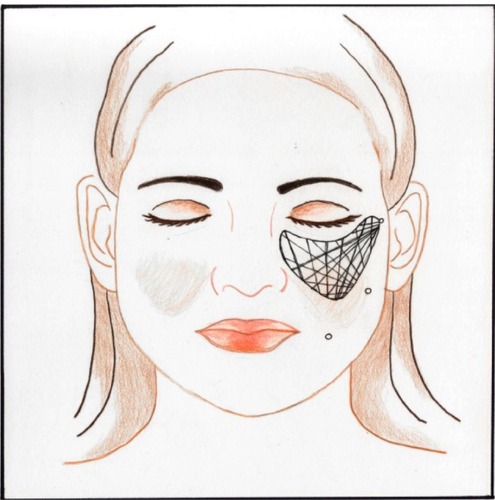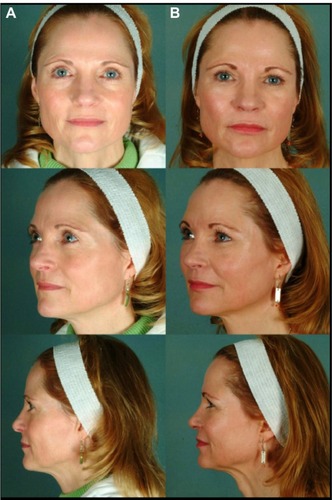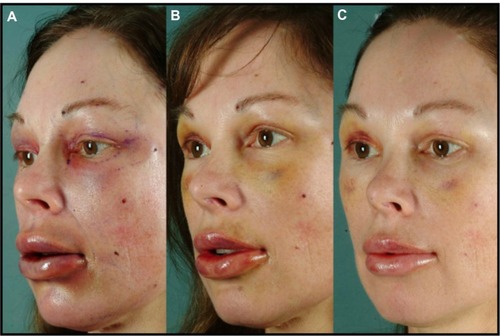Figures & data
Figure 3 Illustration of tissue necrosis occurring when a large clump of fat is not amenable to neovascularization.
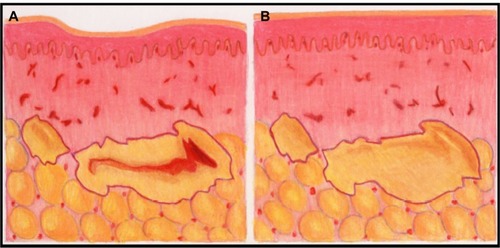
Figure 5 Injection control device (ICD) function.
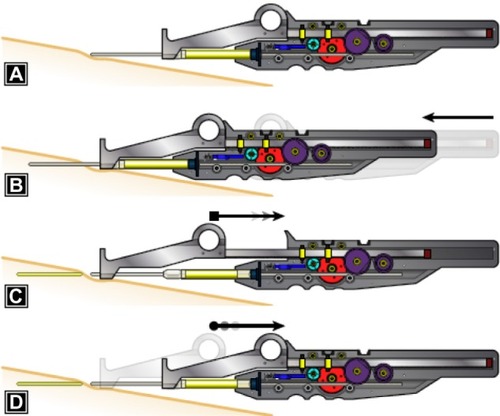
Figure 6 Drawing of face with zones and ports.
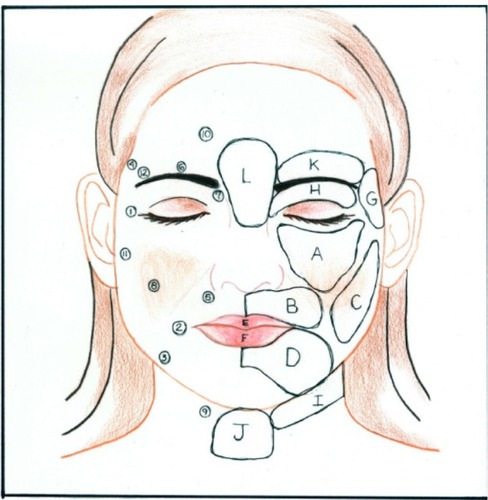
Table 1 List of patients, zones grafted, and associated procedures
Figure 8 Before (A) and 1-year postop (B).

Figure 9 Before (A) and 4-month postop (B).
